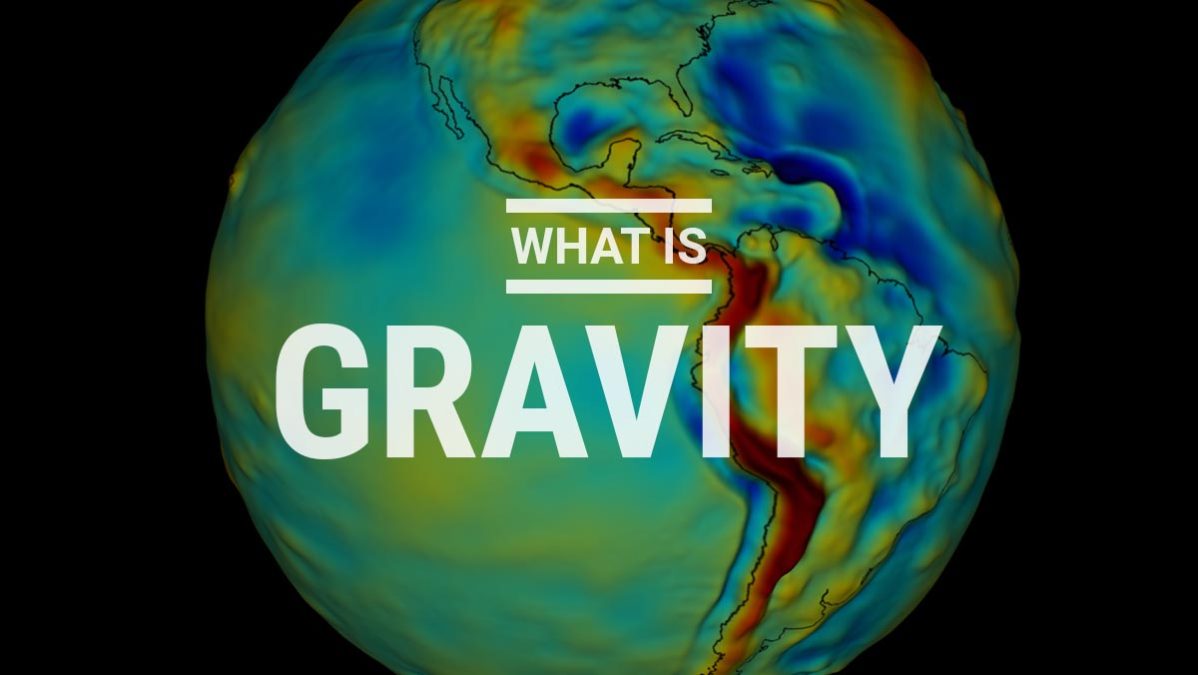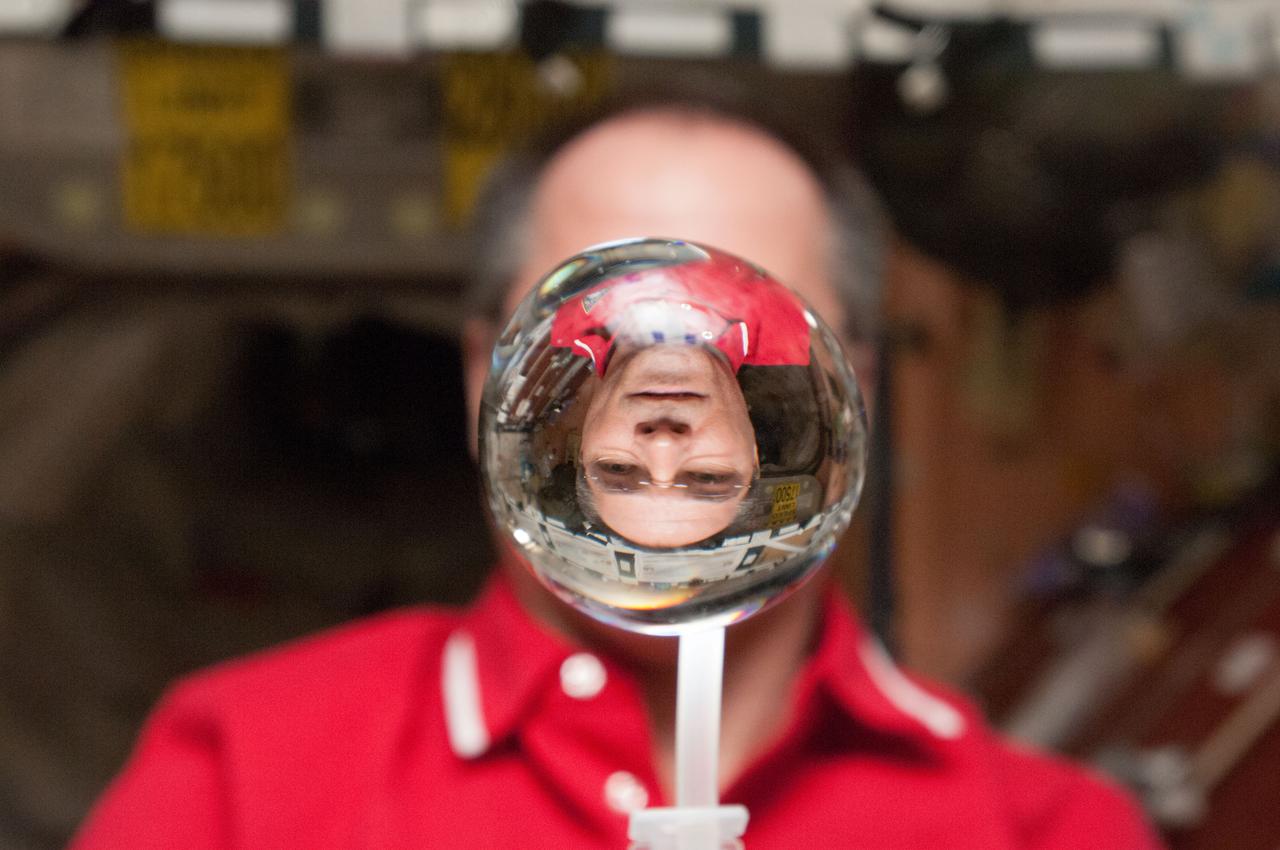
One of the many challenges faced by space explorers is the lack of gravity. Everything behaves differently without it – fluids, rockets and human bodies. We see evidence of its presence every day here on Earth, but exactly what is gravity?

What is gravity?
When the plague closed Cambridge University in 1665, Isaac Newton moved to his childhood home, Woolsthorpe Manor in Linconshire, England. It is said that here, while taking tea in the garden, an apple fell from a tree and set his mind in action.
Newton thought that something must be acting on the apple to pull it down to the earth or it would have stayed where it was. He also reasoned that this “something” was a force and must also work on all objects with mass including us, the Moon and the Earth. The larger the mass of the object, the stronger the force and the greater the distance between the objects, the weaker the force.
These thoughts on gravity, mass and force developed into Newton’s master publication, Philosophiae Naturalis Principia Mathematica, and explain the movement of the moon and planets and objects in motion, including the International Space Station (ISS).
What is gravity like on the space station?

We’ve all marveled at photos of the astronauts aboard the ISS floating and effortlessly gliding through the station. But why are they floating?
In open space, far away from planets and stars, the force of gravity may not be felt and astronauts would experience weightlessness. (Remember the force decreases as the distance between objects increases.) But the ISS is not in open space, and instead is in Low Earth Orbit, only about 250 miles above the Earth. So why are they floating?
Again we look to Newton and the falling apple.
He imagined that if he shot the cannonball off in open space, it will go forward in a straight line. If shot on Earth, it would follow a curved path falling back to the Earth. If he shot it with more force, the ball would go further and have a wider, flatter curve.
Newton imagined that if he could shoot a cannonball with enough force, its curve would match the curve of the Earth and travel all the way around the planet. If the cannonball could be thrown at a speed of 8 km/s, it would travel around the Earth.
This is the speed of the ISS in its constant orbit around the Earth. Because the station and the astronauts are falling together in freefall at the same rate, the astronauts experience weightlessness and float.
Newton’s formulas are still used to describe and calculate rocket trajectories, the motion of satellites and the ISS. Newton described the mathematics and the why, but could not describe how gravity worked. This was to be later answered by Albert Einstein and will be explored in our next edition.






